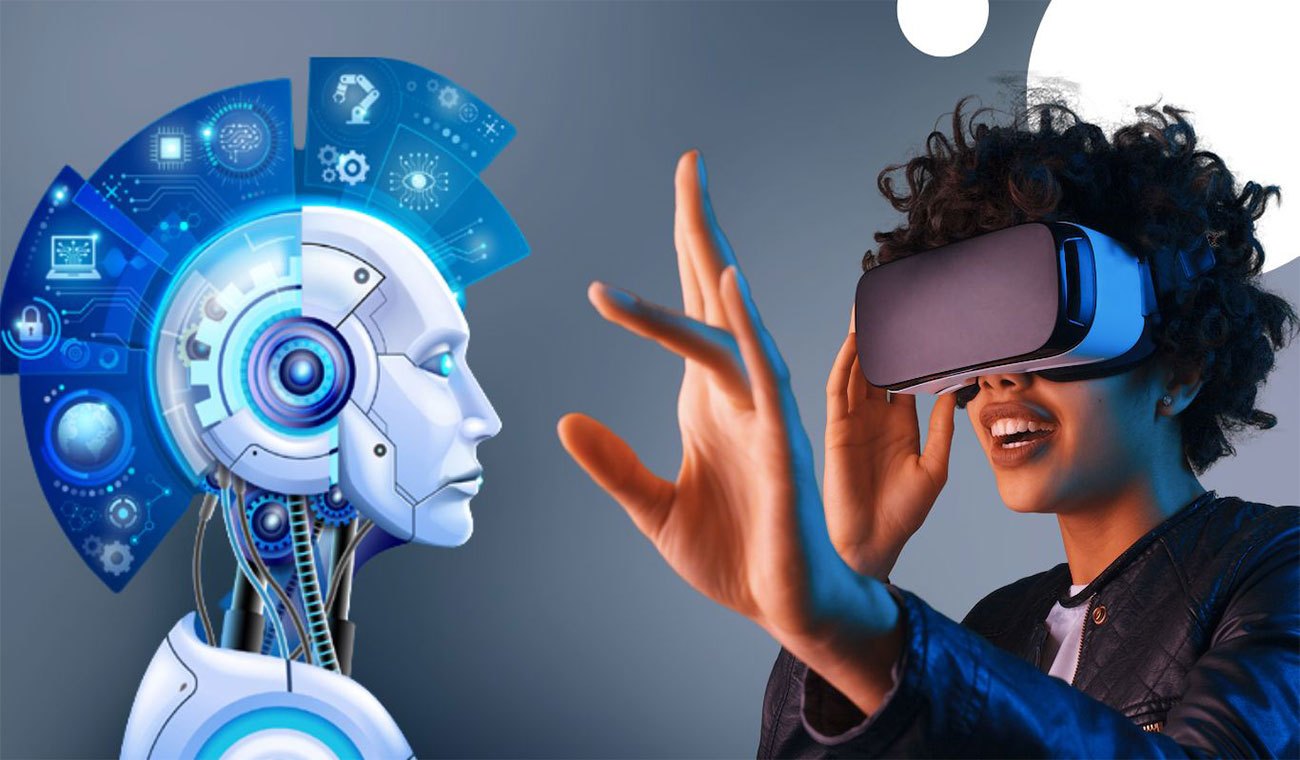
AI Meets VR: How Virtual Reality Is Transforming Machine Learning Training
6 min read
03 Oct 2025
Virtual Reality (VR) is rapidly evolving from a niche technology into a powerful tool with a wide range of applications. One of the most exciting areas where VR is making an impact is in the field of Artificial Intelligence (AI) and machine learning. By providing immersive and interactive environments, VR is transforming how machine learning models are trained and tested, offering new opportunities for innovation and advancement in AI.
One of the primary ways VR is enhancing machine learning training is by creating realistic and controlled environments for AI systems to learn and adapt. Traditional machine learning models often rely on large datasets to train algorithms, but these datasets may not always capture the complexities and variability of real-world scenarios. VR allows researchers and developers to simulate various environments and situations, providing AI systems with a diverse range of experiences to learn from. This immersive approach can improve the accuracy and robustness of machine learning models by exposing them to a broader spectrum of data and interactions.
In addition to creating realistic training environments, VR can also facilitate more efficient and effective testing of AI systems. In traditional testing scenarios, evaluating the performance of machine learning models in real-world conditions can be time-consuming and costly. VR enables researchers to quickly and easily test AI systems in virtual environments, allowing for rapid experimentation and iteration. This efficiency can accelerate the development of AI technologies and help identify and address potential issues before deploying models in real-world applications.
Another significant advantage of integrating VR with AI is the ability to visualize and interact with complex data in new ways. VR provides a three-dimensional perspective on data, allowing researchers to explore and analyze information from multiple angles. This immersive visualization can help identify patterns, correlations, and insights that may not be apparent in traditional two-dimensional data representations. By leveraging VR for data analysis, AI researchers can gain a deeper understanding of their models and make more informed decisions about their development and deployment.
VR also offers opportunities for collaborative training and development of AI systems. By creating shared virtual spaces, researchers, developers, and stakeholders can work together in real-time to design, train, and test machine learning models. This collaborative approach can enhance communication and coordination among team members, leading to more effective and efficient AI development. Additionally, VR can facilitate remote collaboration, allowing teams from different geographical locations to collaborate seamlessly in a virtual environment.
Moreover, VR can be used to simulate rare or dangerous scenarios that might be difficult or impossible to recreate in the real world. For example, autonomous vehicles can be tested in virtual environments that replicate hazardous driving conditions without putting real-world safety at risk. This capability allows for more comprehensive and diverse testing, helping to ensure that AI systems are well-prepared for a wide range of situations.
In conclusion, the integration of VR and AI is transforming machine learning training by providing immersive, interactive, and efficient environments for model development and testing. As VR technology continues to advance, its impact on AI training is likely to grow, driving innovation and improving the capabilities of machine learning systems. By leveraging the strengths of both VR and AI, researchers and developers can create more robust and adaptable technologies that push the boundaries of what is possible.

The AR Breakthrough That Will Make Blockchain Transactions Simpler Than Ever!
5 min read | 11 Oct 2025
How AI Is Making Blockchain Smarter and Safer – The Inside Scoop!
7 min read | 10 Oct 2025
The Big Tech Twist: How VR Is Set to Disrupt Blockchain Like Never Before!
6 min read | 09 Oct 2025
Unlocking the Power of AR: How Augmented Reality Is Set to Revolutionize Blockchain!
7 min read | 08 Oct 2025More Articles

The Future of Autonomous Vehicles: AI-Driven Transportation
7 min read | 27 Aug 2025

AI in Finance: Predictive Analytics and Fraud Detection
5 min read | 26 Aug 2025

Ethical Considerations in AI Development and Deployment
7 min read | 25 Aug 2025

The Role of AI in Climate Change Mitigation and Adaptation
4 min read | 24 Aug 2025
More Articles

Blockchain for Social Impact: Transforming Non-Profit Organizations
7 min read | 11 Jul 2025

Ethics in Biometric Data Usage: Balancing Innovation and Privacy
5 min read | 10 Jul 2025

The Future of Personalized Medicine: Genetics and AI
4 min read | 09 Jul 2025

Smart Infrastructure: Enhancing Urban Resilience with Technology
6 min read | 08 Jul 2025
